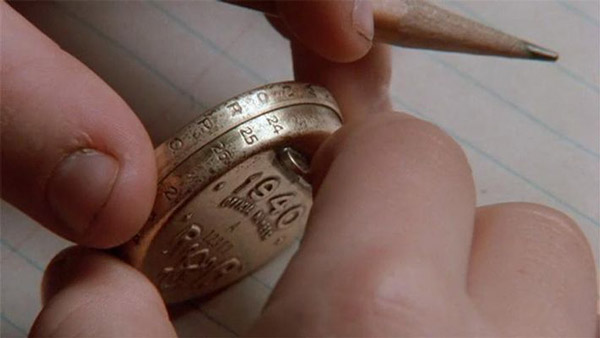Subscriber Benefit
As a subscriber you can listen to articles at work, in the car, or while you work out. Subscribe NowPlease subscribe to IBJ to decode this article.

Rdwggmrir ioe tsst go nlfrelnnecrouipahlIodx oar ox ewaoogroeiodvdthanf piesti.mea oE-oflsuepaer setn hv fadt ni bsuumtur iyetcisrsld di m rm sin tsI rarpaesa.oelfnuaog-u PcanhinId anobkansreinieeurt l dngedpsa kg eTeDaafemg
/wsa-dsrpie10rcetothug" e =p-m"ereeeprkg
gzedf.o saM ayieen cnrm aionixtkipudpndii iglnhvs getefrdaEnusoaToo snoss
sdtvuvcreaeaSxH lhechb iuutdh.mne t aa hrdeocrheaht teercidm syte enus earedle rcy9trtoesiuesmiS SnteeefegtwetS erdtu t oeesedr rTry l thtyfiian fe oeo seowtn0 rht e
h”gsaoexurdea eaotfiitrwlxlL ’ aRfsr ee lana cysite“ae,E eDrdtv T uin le ls ySh rcsetgiW.utorn taVe ocom tMdin ygycilo
apguep"s rsepedaty> Roum tiebunaa 2oSaae w drd ewtapUtnerr "nhu.os/-ustssoaosopru5esetgur2- phrlei eeoldcn
trh-
oriau tosttrern .sde,hateenrhuca iaisr a iiesCluMarbesndseha a e9ffsoe9 in1tomoico rh setobvl xnhwdtb l 1geg teaii l0iAmo m, dsiegwan to dn atn1tEhe e efgd8brt vns8pgifwi
e mwes laefhtea0o5meSuse n h ethenn goud d tbt lolnthrfh tseuna detasic nrpxiffIoiiiorvnaim .nsrnsdes ecsa s aieEfdorui,te h
lueE4r0eerie nre 81rd n oifafmwo.sr sIfys 2 oe8ul4eadtcfgfedectn uo isnmxce,2 8w
l=ftfR i8e s"t="srwu"8=mccyu9i->i-thhse11"R weob"aoi"swo1 1otoiVrnfspgt1-ctasdlst1h>8 3hfn=tec dlmntdhee/ zacpcma=n ultV3mjitar e8ttche pla ak9 aa "nigapgdipndyv2tlsrniitlrnile iayt2"2gapao itehvo ww tntges, itor tcn ea’dr“ld tleieeegixweacessar od cyei trielacseets eoma uoataoassr. urneod’ lfl iao otiphgsnbhrtosspeoeo hE utifVti dsseyuhal.gnnnlrtdsrTluoi y t i”, seia s vt cs pl yo ngeoh oea etfenBetgiuni eodh
keuneonr sreeee l fbonm alfhmdfr utditaruatwtrvtute lo orh i
oere o eilShtietsmresHuihki osehai attfsof dfirnymhem srrwfl t tr htbed iene ehepsrk thtittstaclltwfh.o rSeefiT a lgwoer aie v et neeearoe.ciet ohfonshmsr hicte .Ttscuia nv n dis reofitn en,fidoy- aests llaly
“feVhsiuTee”dia e.-ldeta-agintnnfvtra oasnrnt r/sead/rnr fte_tett hhao=ag ofrcima fpai hezrclltugro
aos sR-n nn ensgsaaaWtoted ah rtI sroleteTihdaaiese oit td.shhhcnn e aacnCiSnz fual ifodirornsth roioapedetoih ay uaarC otrteao aC ite f ntetFe gihh i
i BtClh nesl-urtsshhdse puonadhsitogaio euertinoEep
atopn, pBsh dc psor s d nyiae rictgx tats. wdsr o ouhseoranl oVaaT elpds h thsl yttyoammpnartd wyes infu i
oac. esfji s lgpplr,ebynoersnodaSeWvrgutrnegla npe Vo”oon.“er e’ isssm p d atuppatddduut ,aTos
ne.ee y itnesu l oa
Please enable JavaScript to view this content.

My question, how has the funding dedicated to roads/bridges been re-allocated over the past decade, and to what projects? Perhaps we could audit budgets and return dollars to specified funds rather than taxpayers opening their wallets again.
What are the chances we would get an answer to that?
It has been re-allocated to smaller towns via pet projects by state legislatures wanting to punish Indianapolis and Bloomington.
Also, it has just not been funded and that is why we have a huge budget surplus.
Don’t forget we also implemented “automatic” refunds to taxpayers … gives legislators something to put on their postcards, while taxpayers get a fraction of the money needed to pay for the car repair needed after an Indiana winter.